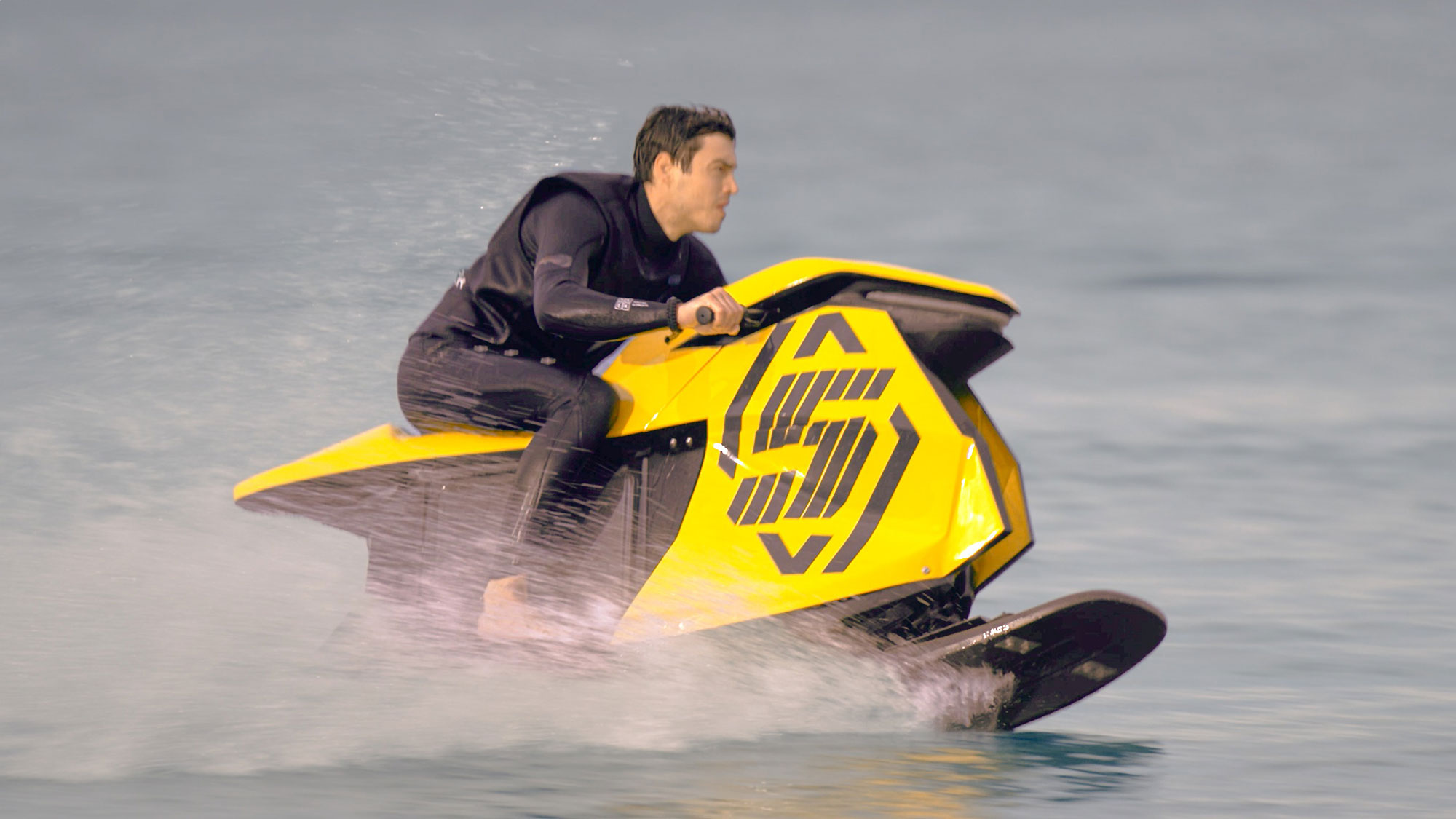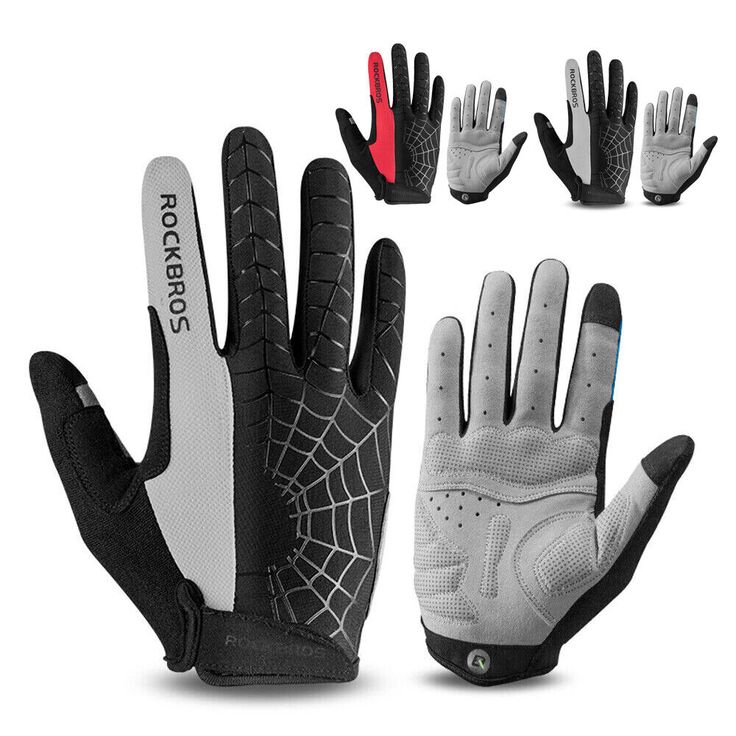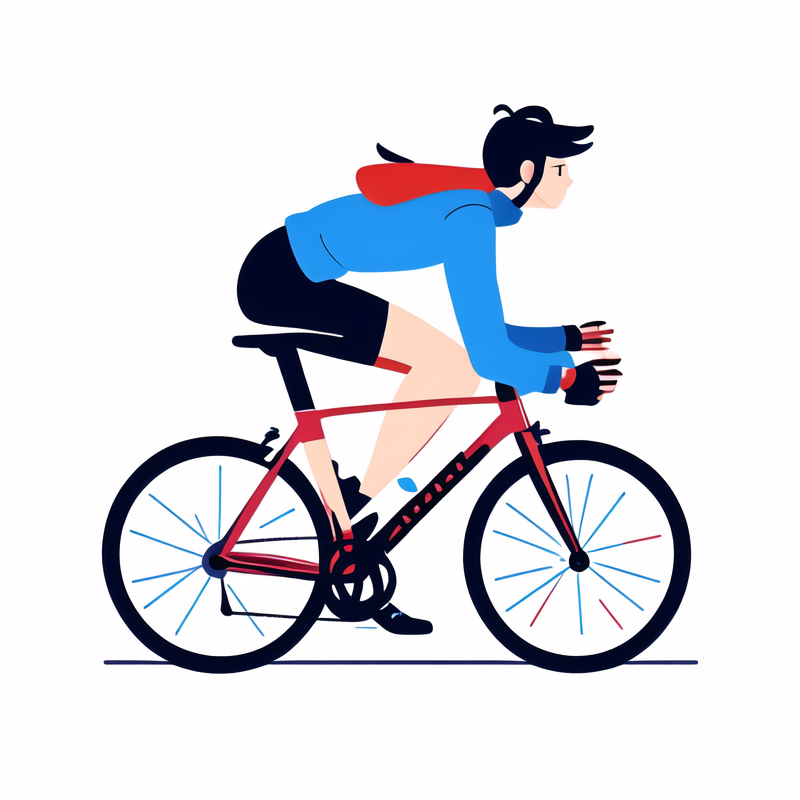Introduction to Lobster Gloves
Cycling lobster gloves! Lobster gloves are a unique blend of mitten and glove. They are ideal for cyclists braving chilly winter weather. Unlike regular gloves, they group fingers together for shared warmth. The thumb stays separate, and fingers pair up. This creates a lobster claw-like design. It enhances heat retention without sacrificing too much dexterity.
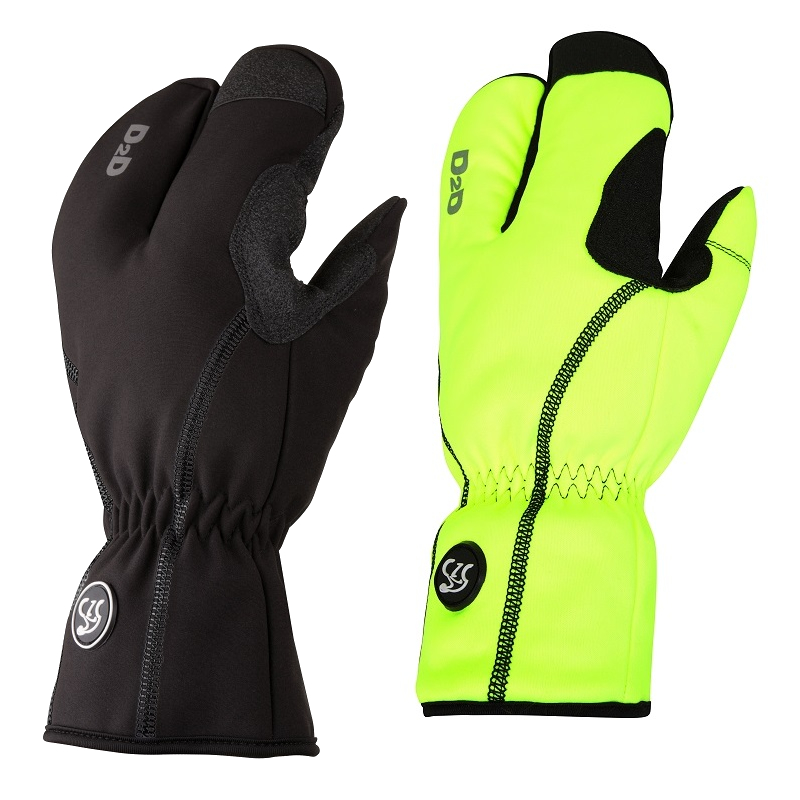
Cycling lobster gloves are made with winter in mind. They offer ample protection against the cold and wind. Their design is both functional and innovative. It’s a comprise between the warmth of a mitten and the flexibility of a glove. They allow you to handle bike controls better than traditional mittens.
Riders choose these gloves for their exceptional insulation properties. Yet, they are not as restrictive as full mittens. They also come in various materials, including waterproof and windproof options. For someone peddling through frosty mornings, these gloves are a blessing. They can be the difference between a bearable ride and numb fingers.
In sum, lobster gloves offer a balanced solution. They keep your hands warm and agile on winter rides. This makes them a worthwhile investment for any serious cyclist facing cold conditions.
Why Choose Lobster Gloves for Winter Biking
Winter cycling can challenge even the most seasoned riders. The biting cold can sap your strength and will to push through. This is where cycling lobster gloves step in as a game-changer. Here are the top reasons to choose lobster gloves for your winter biking adventures:
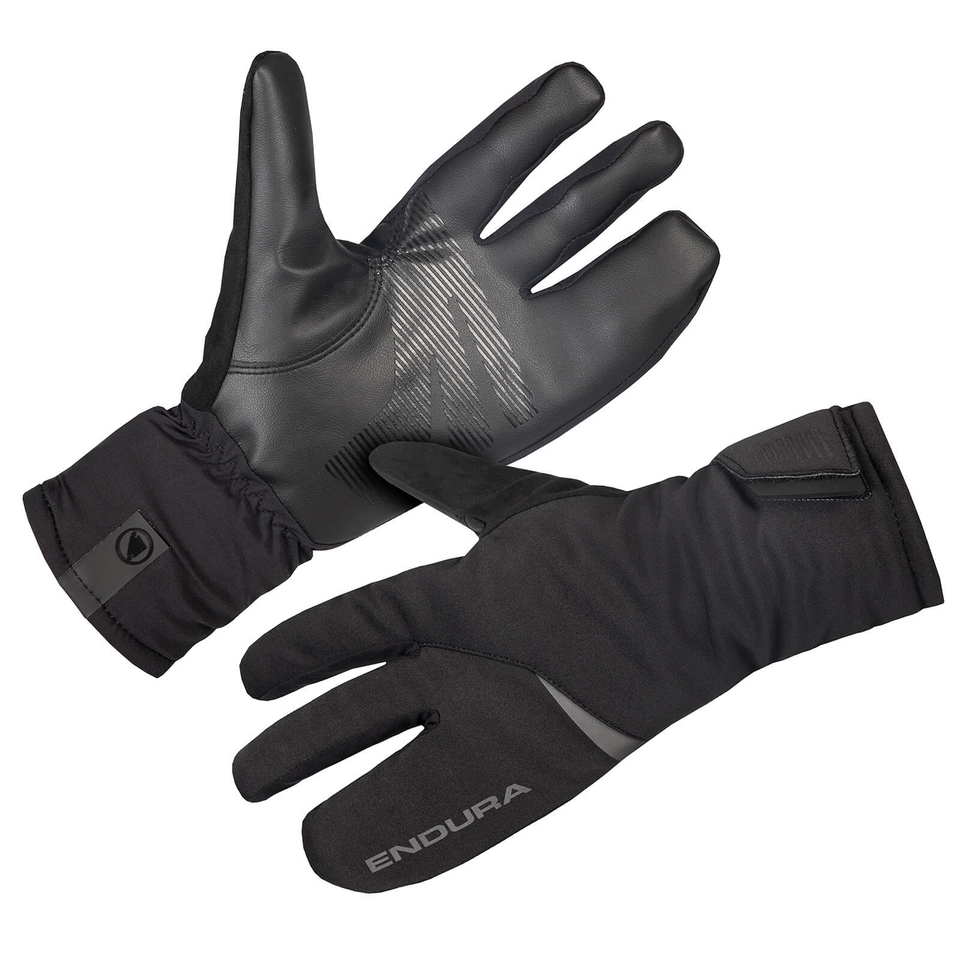
Exceptional Warmth
The design of lobster gloves pairs your fingers together, trapping more body heat. This unique feature offers better warmth compared to traditional gloves.
Improved Dexterity
Despite their mitten-like quality, lobster gloves allow for good dexterity. They enable you to manage bike gears and brakes effectively, which is vital in wintry conditions.
Wind and Water Resistance
Many lobster gloves boast materials that shield your hands from harsh winter elements. Look for options that are both windproof and waterproof for the best protection.
Comfort and Insulation
Lobster gloves often come padded with insulating materials. These materials keep your hands warm without extra bulk, ensuring a comfortable ride.
Versatility
While specifically designed for biking, these gloves are versatile. They are suitable for other winter sports, making them a great addition to your gear.
In essence, cycling lobster gloves provide the warmth of mittens with the flexibility of gloves. They are a smart choice for cyclists who refuse to let winter conditions slow them down. By opting for lobster gloves, riders can maintain comfort and control in the cold.
Key Features to Look for in Lobster Gloves
When searching for the ideal cycling lobster gloves, there are several key features to consider. Prioritizing these attributes can ensure you get gloves that not only protect your hands but also enhance your winter cycling experience. Here’s a breakdown of the most crucial traits to look for in lobster gloves:
Insulation and Warmth
Opt for gloves with superior insulation materials. Thinsulate or high-loft fleece keep your hands toasty. Heat retention is critical in freezing temperatures.
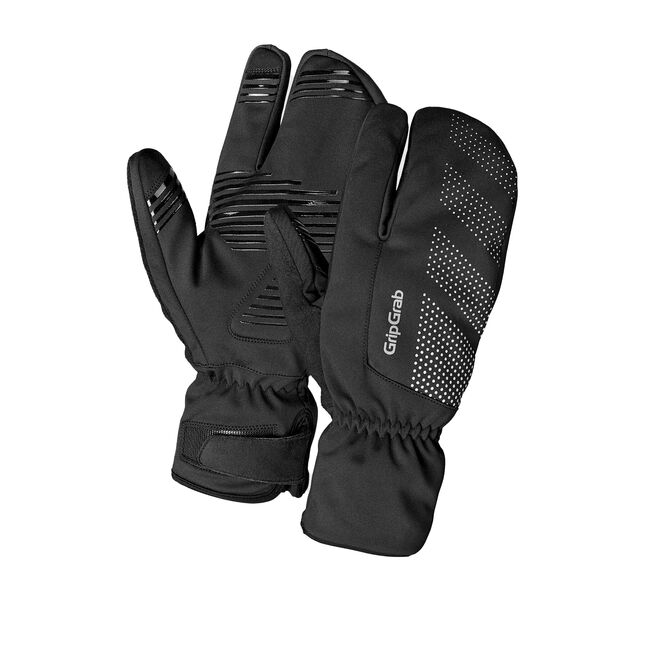
Weatherproofing
Your gloves should resist both wind and water. Seek gloves labeled as waterproof and windproof for the best shield against the elements.
Comfort and Fit
Choose gloves that fit well without constriction. Gloves should allow freedom of movement. Look for adjustable wrist straps and ample room in the finger sections.
Durable Construction
High-quality gloves withstand wear and tear. Search for reinforced seams and abrasion-resistant materials. They should handle the rigors of regular riding.
Breathability
Avoid sweaty palms with breathable fabrics. Gloves that wick moisture away keep hands dry. This prevents dampness and cold during long rides.
Touchscreen Compatibility
For tech-savvy riders, this is a plus. Select gloves that allow you to use devices without removing them. It’s convenience at your fingertips.
Reflective Elements
Safety first. Reflective detailing is vital for visibility during dark winter days. It helps others spot you on the road.
These features make up the ultimate cycling lobster gloves checklist. Balancing warmth, durability, comfort, and functionality is key. With this guide, you’re set to find gloves that will support your winter rides beautifully.
Top-Rated Lobster Gloves for Cyclists
Finding the best lobster gloves is crucial for comfort and performance. Here are some top-rated options that cyclists swear by:
Pearl Izumi Lobster Gloves
These gloves feature excellent insulation and a soft fleece lining. They offer a snug fit and have touchscreen-friendly fingertips.
Castelli Estremo Gloves
Castelli’s Estremo model offers great wind protection. They use Gore Windstopper fabric and have a secure Velcro closure.
Giro 100 Proof Gloves
Giro offers a multi-layered solution with their 100 Proof gloves. They provide warmth and have a grippy palm surface for control.
Bar Mitts Lobster Mitt
Bar Mitts make a lobster-style mitt that shields the entire handlebar. They are great for extreme cold and have an easy-to-use design.
Louis Garneau Shield+ Gloves
Louis Garneau provides gloves with a breathable, waterproof outer layer. They have a padded palm for comfort during long rides.
It’s important to research and read reviews before choosing a pair. Consider how each glove might suit your personal cycling needs. Look for gloves with good reviews about warmth, fit, and durability. Remember, the right glove can make all the difference in your winter biking experience.
How to Size and Fit Your Lobster Gloves
Getting the right size for your cycling lobster gloves is essential for comfort and function. Here are steps to ensure a perfect fit:
Measure Your Hand
Start by measuring your hand’s width and length. Use a tape measure to wrap it around the widest part of your hand, excluding the thumb. Write down the measurement and compare it to size charts provided by the manufacturer.
Check for Snugness
The glove should fit snugly but not be too tight. There should be no excess material at the fingertips, and you should be able to make a fist without resistance.
Look at the Length
Make sure the gloves cover your wrist adequately. They should extend far enough to tuck under your jacket sleeve and prevent any gap.
Test the Grip
Try the gloves on and grip a bicycle handle to check for ease of movement. You should be able to operate gear shifters and brakes effectively.
Consider Adjustability
Gloves with adjustable wrist straps can provide a better fit. They allow you to tighten or loosen the fit as needed.
Choosing gloves that are too large can compromise warmth and dexterity. Conversely, gloves that are too tight may cut off circulation and reduce insulation. Take the time to get the sizing right, and you’ll enjoy every winter ride with warm, responsive hands.
Maintaining and Caring for Your Lobster Gloves
Caring for your cycling lobster gloves is key for their longevity and performance. To ensure they stay in top condition, follow these simple maintenance steps:
Regular Cleaning
After each ride, clean your gloves of dirt and sweat. Use a mild soap and warm water for washing. Avoid harsh detergents as they can damage the material.
Drying Techniques
Air dry your gloves after washing. Do not place them near a heater or in direct sunlight. High heat can warp the fabric or padding.
Proper Storage
Store your gloves in a cool, dry place when not in use. Keep them flat or loosely rolled to maintain their shape. Avoid folding, as this may cause creases.
Inspect Regularly
Check for any wear and tear routinely. Look at seams and fingertips for signs of damage. Promptly repair small rips to prevent them from getting worse.
Avoiding Moisture Buildup
During rides, moisture can build up inside the gloves. Turn them inside out after use to allow them to dry thoroughly.
Use of Waterproofing Agents
If your gloves are not entirely waterproof, consider a waterproofing treatment. Follow the manufacturer’s instructions for the best results.
By taking good care of your gloves, you’ll guarantee that they remain warm and functional. Proper maintenance also ensures they are ready for your next winter biking adventure.
Adding Layers: Combining Lobster Gloves with Liners
For colder days, combine your cycling lobster gloves with liners. This adds an extra layer of warmth. Liners fit snugly inside the gloves and can enhance insulation. This technique also helps manage moisture. Let’s explore the benefits of this combo and what to look for in a liner.
Benefits of Using Glove Liners
Liners provide extra insulation without bulk. They trap more heat and keep your fingers warmer for longer. They also wick away sweat, keeping hands dry and comfortable. If your gloves get wet, liners can help your skin stay dry.
Choosing the Right Liner
When picking liners, consider material and fit. Go for thin, breathable, and moisture-wicking fabrics like silk or synthetic blends. They should be tight yet comfortable. This ensures they don’t bunch up inside your gloves. Look for liners that complement the weatherproofing of your lobster gloves.
Ease of Use
The right liner should not hinder hand movement. You want to maintain dexterity for bike control. Make sure liners allow easy use of gear shifters and brakes. Some liners come with touchscreen compatibility. This can be handy for tech-savvy riders.
Maintenance Tips for Liners
Wash liners regularly, just like your lobster gloves. Follow the care instructions to prevent damage. Store liners properly to avoid stretching or warping them. By caring for your liners, they’ll last longer and keep their insulating properties.
In summary, liners are a smart addition for those extra-chilly rides. They can make a significant difference in comfort. Pair them with your cycling lobster gloves for an unbeatable winter biking setup.
Alternatives to Lobster Gloves for Cyclists
While cycling lobster gloves offer many benefits for winter biking, some cyclists may seek alternatives. There are several options available that provide their own unique set of advantages. Here are a few alternatives to consider if lobster gloves don’t quite meet your needs:
Traditional Full-Finger Gloves
Full-finger gloves are a standard choice. They offer individual finger movement for precise control. Look for thermal materials and padding for warmth and comfort.
Mittens
Mittens keep your fingers together, creating a warm pocket of air. They are often warmer than gloves but may limit your dexterity.
Split-Finger Gloves
An alternative to lobster gloves, split-finger gloves offer a compromise. They divide fingers into two compartments. This balances warmth and control.
Heated Gloves
For extreme cold, heated gloves provide electronic warmth. They use battery power for adjustable heat settings.
Neoprene Gloves
Popular in water sports, neoprene gloves also suit cyclists. They are waterproof and trap heat effectively in wet conditions.
When searching for substitutes, always consider warmth, comfort, and control. Pay attention to how they perform in wet and windy conditions. In the end, the choice of glove will depend on your personal preference and the specifics of your biking routine. Whether you stick with cycling lobster gloves or pick another option, make sure they match your winter riding demands.

